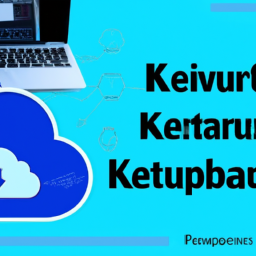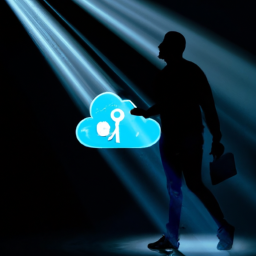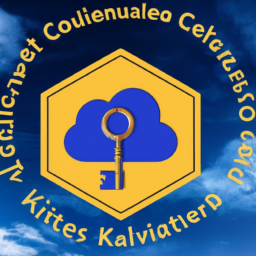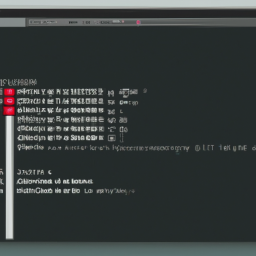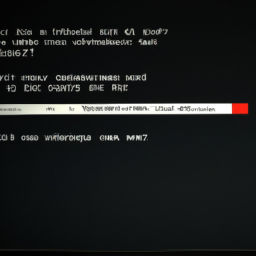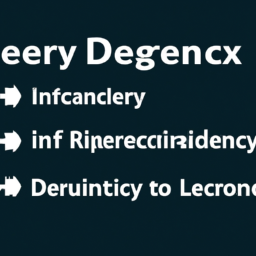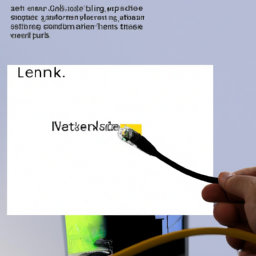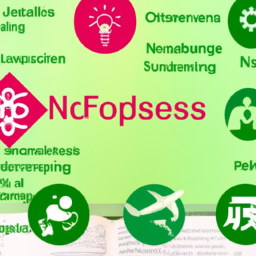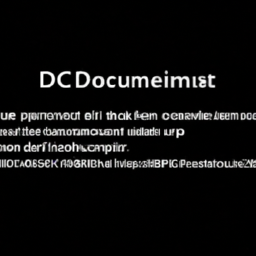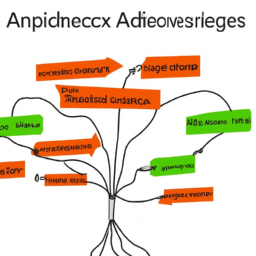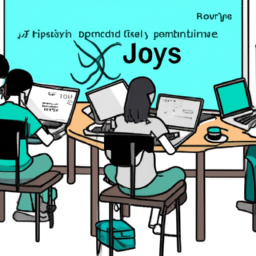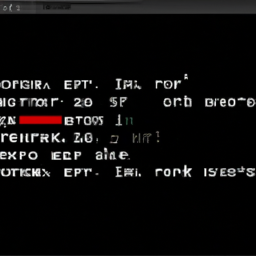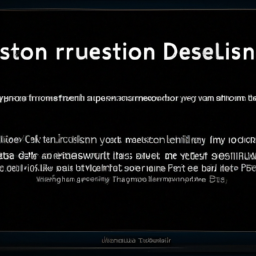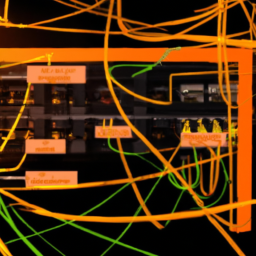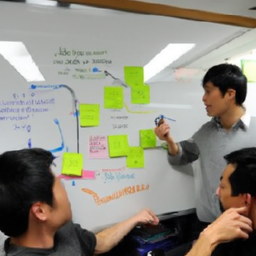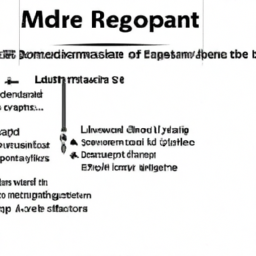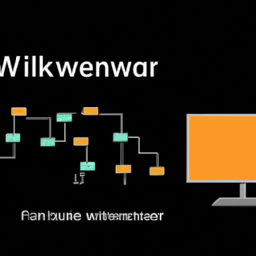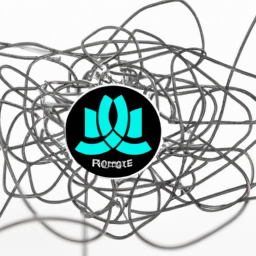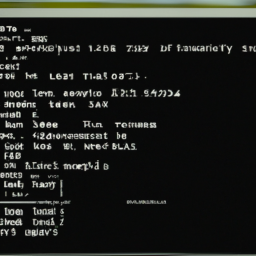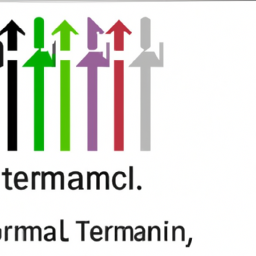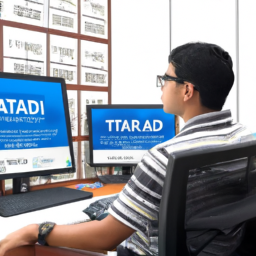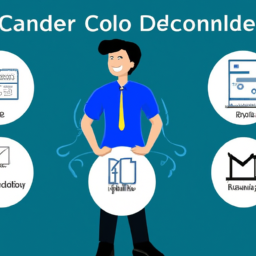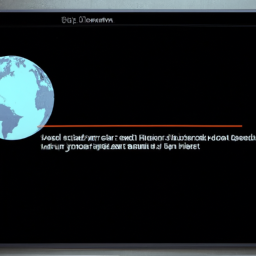Are you ready to take your knowledge of Kubernetes and cloud native security to the next level? Prepare to dive deep into the world of container security, network security, access management, vulnerability management, logging and monitoring, compliance, and governance.
The Kubernetes and Cloud Native Security Associate Exam covers 10 crucial topics that will test your expertise in securing cloud native applications and infrastructure.
But let’s not underestimate the challenge ahead. This exam is not for the faint of heart. It will push you to your limits, demanding a precise understanding of technical concepts and an analytical mindset. You’ll need to showcase your ability to identify potential vulnerabilities, manage access controls, and ensure compliance with industry standards.
In this article, we will explore these 10 crucial topics in detail, providing you with the knowledge and insights you need to pass the exam with flying colors.
So, buckle up and get ready to embark on a journey into the intricate world of Kubernetes and cloud native security. Your expertise is about to be put to the ultimate test.
Key Takeaways
- Container security is a critical aspect of Kubernetes and cloud native security, ensuring application protection within isolated environments.
- Network security involves configuring firewalls and implementing network segmentation to safeguard the infrastructure.
- Access management, including authentication and authorization, plays a vital role in controlling access to resources within the Kubernetes and cloud native environment.
- Vulnerability management, through threat modeling and patch management, helps identify and mitigate potential security risks in the system.
Container Security
Container security is a must-have for any organization adopting Kubernetes, as it ensures that your applications are protected within their isolated environments. Container isolation is a key aspect of container security, as it prevents containers from accessing each other’s resources and limits the potential impact of any compromise.
To further enhance container security, image scanning is crucial. Image scanning involves analyzing container images for vulnerabilities and potential security risks before they’re deployed into production environments. By scanning container images, you can identify and address any security issues proactively, reducing the risk of exploitation.
Moving on to network security, it’s equally important to protect the communication between containers and external resources, ensuring that data is transmitted securely.
Network Security
To safeguard your network, it’s essential to prioritize security measures in a Kubernetes and cloud native environment. One crucial aspect of network security is firewall configuration. By carefully configuring your firewalls, you can control and monitor incoming and outgoing network traffic, ensuring that only authorized connections are allowed.
Additionally, network segmentation plays a vital role in enhancing security. By dividing your network into smaller subnetworks, you can restrict access between different segments, preventing unauthorized communication and limiting the impact of potential security breaches. These measures help protect your network from external threats and limit the lateral movement of attackers within your environment.
In the subsequent section about ‘access management,’ we will explore how to further strengthen the security of your Kubernetes and cloud native infrastructure.
Access Management
Managing access to your network and resources is key to ensuring a secure and enjoyable experience in a Kubernetes and cloud native environment.
Access control plays a crucial role in determining who can access what within your system.
Authentication and authorization are the pillars of access management. Authentication verifies the identity of users or systems trying to gain access, while authorization determines what actions they are allowed to perform.
Implementing strong authentication mechanisms, such as multi-factor authentication, and fine-grained authorization policies will help protect your resources from unauthorized access.
Once access management is in place, the next step is to focus on vulnerability management. This involves identifying and addressing weaknesses or vulnerabilities in your system to prevent potential security breaches.
Vulnerability Management
Ensure the safety of your network and resources by proactively identifying and addressing vulnerabilities that may expose your system to potential security breaches. One crucial aspect of vulnerability management is threat modeling, which involves assessing potential threats and their impact on your system. By conducting threat modeling exercises, you can identify vulnerabilities and prioritize them based on their potential impact. Another important aspect is patch management, which involves keeping your software and systems up to date with the latest security patches. Regularly updating your systems ensures that any known vulnerabilities are addressed promptly. To organize and track vulnerabilities, you can use a vulnerability management tool that provides a centralized view of your system’s security status. This enables you to take proactive measures to mitigate risks and protect your network. Moving forward to the next section on logging and monitoring, you can gain valuable insights into your system’s security by analyzing logs and monitoring activities.
| Vulnerability Management | |
|---|---|
| Threat Modeling | Assess potential threats and their impact on your system |
| Patch Management | Keep software and systems up to date with security patches |
| Vulnerability Tracking | Use a tool to organize and track vulnerabilities |
| Proactive Measures | Take actions to mitigate risks and protect your network |
| Logging and Monitoring | Analyze logs and monitor activities for insights into security |
Moving forward to the next section on logging and monitoring, you can gain valuable insights into your system’s security by analyzing logs and monitoring activities.
Logging and Monitoring
By analyzing logs and monitoring activities, you can gain valuable insights into the security of your system, helping you detect and respond to potential threats more effectively.
Log analysis allows you to examine the recorded events and activities in your system, identifying any suspicious or abnormal behavior that may indicate a security breach. It provides a detailed record of user actions, network traffic, and system events, which can be crucial in identifying the source and impact of a security incident.
Performance monitoring, on the other hand, enables you to track the performance of your system and identify any bottlenecks or issues that may affect its security. By continuously monitoring the system’s performance, you can proactively identify and address vulnerabilities before they’re exploited.
This combination of log analysis and performance monitoring forms a robust security strategy for your Kubernetes and cloud-native environment. Understanding these concepts will help you ensure the security and integrity of your system.
Moving on to the next section about compliance and governance, you can further enhance your system’s security by implementing industry best practices and ensuring regulatory compliance.
Compliance and Governance
You’ve learned about the importance of logging and monitoring in securing your Kubernetes and cloud native environments. Now, let’s dive into another crucial aspect: compliance and governance.
In order to meet regulatory requirements and ensure the security of your systems, compliance auditing plays a vital role. It involves regularly assessing and evaluating your infrastructure to ensure it adheres to industry standards and guidelines. By conducting compliance audits, you can identify any vulnerabilities or non-compliant practices and take appropriate actions to remediate them. This helps to maintain a secure and trustworthy environment.
Additionally, governance in cloud native environments involves establishing policies, procedures, and controls to ensure the proper management and oversight of your systems. Understanding compliance and governance is essential to effectively protect your infrastructure and meet the demands of regulatory bodies.
Frequently Asked Questions
What are some best practices for securing containers in a Kubernetes environment?
To secure containers in a Kubernetes environment, start by securing container images. Use scanning tools to identify vulnerabilities in the images and regularly update them with the latest patches.
Additionally, implement container runtime security measures like limiting the privileges of containers, enabling network segmentation, and monitoring container activity.
Regularly audit and review container configurations to ensure they adhere to security best practices.
By following these steps, you can enhance the security of your Kubernetes environment.
How can network security be enforced in a Kubernetes cluster?
To enforce network security in a Kubernetes cluster, you can implement network segmentation and container network policies.
Network segmentation allows you to separate different parts of your cluster into isolated networks, preventing unauthorized access between them.
Container network policies enable you to define rules for inbound and outbound traffic at the container level, ensuring that only the necessary connections are allowed.
These measures help protect your cluster from potential network-based attacks and unauthorized access.
What are the different levels of access management in Kubernetes and how can they be implemented?
To implement access management in Kubernetes, you can use Role-Based Access Control (RBAC) and Service accounts. RBAC allows you to define granular permissions for users or groups, controlling what actions they can perform within the cluster.
Service accounts are used to provide authentication and authorization for applications running within the cluster.
By assigning appropriate RBAC roles and service accounts, you can ensure that only authorized entities have access to the Kubernetes resources and actions.
How can vulnerabilities in Kubernetes clusters be identified and patched?
To identify vulnerabilities in Kubernetes clusters, you can perform vulnerability scanning using tools like kube-hunter or kube-bench. These tools analyze the cluster’s configuration and identify potential weaknesses.
Once vulnerabilities are identified, you need to implement effective patch management strategies. Regularly check for updates and apply patches to address the vulnerabilities. Patch management ensures that your cluster stays secure and protected against potential threats.
What are the key components of a comprehensive logging and monitoring strategy for Kubernetes clusters?
To ensure a comprehensive logging and monitoring strategy for your Kubernetes clusters, focus on two key components: centralized logging and real-time monitoring.
Centralized logging allows you to aggregate logs from multiple sources, making it easier to analyze and identify potential security issues.
Real-time monitoring enables you to actively monitor your clusters for any abnormal activities or suspicious behavior.
By implementing these components, you can proactively detect and respond to any security threats in your Kubernetes environment.
Conclusion
Congratulations on completing the Kubernetes and Cloud Native Security Associate exam!
You have delved into the intricate layers of container security, network security, access management, vulnerability management, logging and monitoring, as well as compliance and governance.
Like a vigilant guardian, you have fortified your understanding of these crucial topics, ensuring the protection and resilience of your cloud-native ecosystem.
With your newfound knowledge, you’re equipped to navigate the ever-evolving landscape of digital security, shielding your organization from potential threats with precision and analytical expertise.




